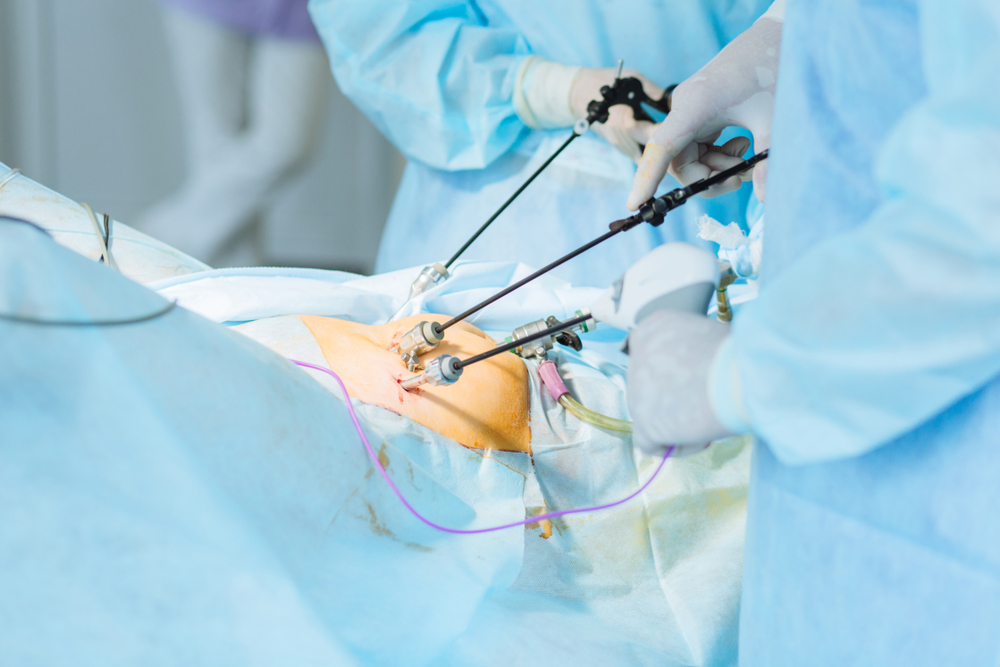Laparoscopy
Laparoscopy, also known as ‘key-hole surgery’, is a way of doing the surgery using small incisions (cuts). It is different from ‘open’ surgery where the incision on the skin can be several inches long. Laparoscopy is done in cases where there is a need to diagnose or treat conditions in the abdomen or pelvis area, e.g. to diagnose or treat blocked tubes or endometriosis, take a biopsy for testing, etc. or removal of tumours, cysts or even removal of the uterus, tubes &/or ovaries. Opting for laparoscopy has many benefits. There is less pain after laparoscopic surgery than after open abdominal surgery, shorter hospital stay, and faster recovery. The smaller incisions that are used to heal faster and leave smaller scars. The risk of infection is also lower than with open surgery.
Hysteroscopy
Hysteroscopy is the inspection of the uterine cavity by endoscopy with access through the cervix, i.e. through the natural opening of the uterus and therefore does not require any cutting or stitches. It is done to investigate and treat various gynaecological problems such as heavy periods, abnormal vaginal bleeding, post-menopausal bleeding, repeated miscarriages, difficulty in getting pregnant, etc. It is done with the help of a hysteroscope, a thin, lighted tube that is inserted into the vagina to examine the cervix and inside of the uterus. Conditions inside the uterine cavity such as fibroids, polyps (non-cancerous growths in the womb), septum, adhesions, etc. can be diagnosed and removed at the same time. Tubal cannulation can be done to open tubes which are blocked just at their origin from the uterus. The procedure is not painful because some sort of sedation or anaesthesia will be given. The extent of anaesthesia you need will depend on the purpose of your hysteroscopy.



